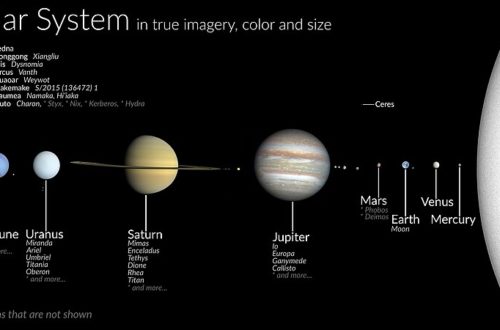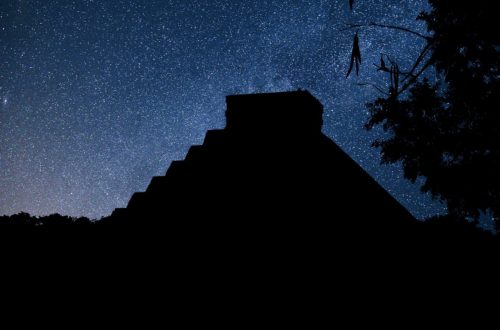Mysterious Dark Nebula: What Is a Bok Globule

Bok globules are fascinating structures in space that play a crucial role in the formation of stars. These dense, dark clouds of gas and dust are thought to be the birthplaces of new stars, and scientists are constantly seeking to understand their intricate mechanisms.
In this article, we will delve deeper into what is a Bok globule and explore their role in the process of star formation.
What Is a Bok Globule
Bok globules are fascinating objects of the interstellar medium. They are small, dark clouds of gas and dust, named after astronomer Bart Bok, who first discovered them in the 1940s.
These dense dark clouds obscure nearly all visible light emitted from within and are among the coldest objects in the universe. They are made up of mainly molecular hydrogen, but also some carbon oxides, helium, and silicate dust.
These globules are often found in H II regions and their role in the process of star formation is still being explored. Bok globules are typically about one light-year across and have a mass of a few times that of the Sun.
The Role of Bok Globules in Star Formation
Bok globules are a crucial component in the formation of stars. These dense, cold, and compact regions of gas and dust are known to create the perfect environment for star formation. Scientists have been exploring the role of Bok globules in star formation for many years, and their findings have been fascinating.
Bok globules can trigger gravitational collapse, which is essential for star formation to occur. The complex interplay between gas and dust within a Bok globule can lead to some of the most spectacular phenomena in the universe, such as the formation of protostars.
Understanding the role of Bok globules in star formation is essential for piecing together the puzzle of how stars are born, and how they evolve over time. As scientists continue to study these fascinating structures, we are sure to learn more about the complex processes that lead to the creation of the stars we see in the night sky.
What Triggers Gravitational Collapse Within a Bok Globule
In order to truly understand the process of star formation within Bok globules, it is crucial to investigate the specific triggers that cause gravitational collapse. These triggers can vary, but often involve external factors such as the shockwaves from nearby supernovae.
However, internal factors can also play a role, such as the accumulation of dense gas and dust particles within the globule. Once these particles reach a critical density, their own gravitational attraction can cause them to collapse in on themselves, leading to the birth of a new star.
Understanding these triggers is essential in predicting which Bok globules are most likely to form stars and in what quantities. By examining the complex interaction between gas, dust, and other external factors, scientists can gain a deeper understanding of the intricate processes that lead to the formation of stars within these fascinating and enigmatic objects known as Bok globules.
Conclusion: The Fascinating Journey from Dust to Stars with Bok Globules
The journey from dust to stars with Bok globules is a fascinating one. Through exploring the role of Bok globules in star formation and what triggers gravitational collapse we have gained a deeper understanding of the complex processes that occur within these mysterious objects.
Bok globules may be small and dark, but they play a crucial role in the formation of new stars. Researchers are continuing to study these enigmatic objects, and we can expect to learn even more about them in the years to come. As we continue to unlock the secrets of the cosmos, Bok globules will undoubtedly remain an important area of study.
Would you like to receive similar articles by email?





